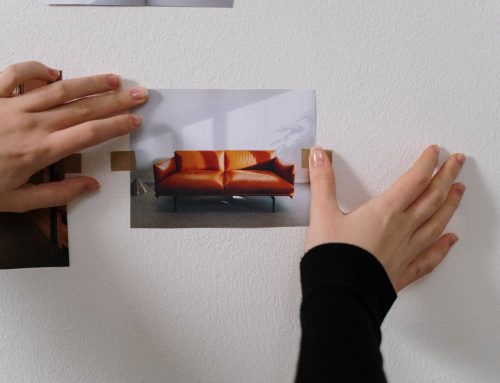As many a great graphic and web designer knows, human behavior is just as important to a new design as the required elements themselves. Knowing the normal patterns of the human brain can help your designs have more influence while conveying the right message to your clients’ target audience. By learning the psychology behind decision-making online, design can be more effective overall.
What People Notice First is What They Are Looking For
What people notice first on a website depends on what they are looking for online. If they are looking to buy something, then they may look for a specific product or the e-commerce category page. However, if they are information-seeking, they could respond to a specific call-to-action for a white paper on the industry or the search bar.
In order to develop a design that fits, design the site to accommodate each type of user without making the design overwhelming.
When users are overwhelmed with choices, they aren’t as satisfied and aren’t as effective in the work they output, according to a 2000 study published on PubMed. By limiting how many directions a user can take once they get to a website, the more likely they are to stay on a page. Try to limit decisions into main categories that are easy to understand and cover what most groups of users are looking for (e.g. Buy, Call, or Learn).
Content is King
Content is one of the most integral parts of web design, and the formatting and typography of the text is just important as the text itself.
Formatting
According to Inspired Mag, an eye-tracking study concluded that large headers and call to action buttons actually kept users’ attention longer than images. When creating a layout, place your major call to action headlines and button elements on the design first, then build the structure around it.
This is because larger, more eye-catching text actually can also help users get a bigger overall picture of what the website is trying to say. One study done by the Nielsen Norman Group stated that users only read, on average, 20% to 28% of content on a website on a normal visit. Combine this with the average web user’s attention span of 8 seconds in 2013 (down from 12 seconds in 2000, according to Statistic Brain), and call-to-action headers and buttons are more important than ever.
Keep call-to-actions easy to read and understand that get the point across in as few words as possible. Too many words will lose users’ interest.
Typography
As creatives, we know that typography can have a huge influence in the way customers are made to feel about a product or service, whether they know it or not. The right typography can persuade a user to buy, love, and learn about an organization’s products, based on kerning, curves of the font, and even color.
We immediately develop emotions and judgments based on the font used. This means that, to the user, two different types of fonts don’t mean the same thing. Taking the time to focus on the branding behind typography used on the page has a direct influence in the overall effectiveness of the site design.
Photos
Photos are also another element of design that can influence a user’s brand sentiment. The photo’s composition and colors should both be taken into consideration, as both have a subconscious effect on telling the user what they should do on a website and how they should interact with the brand.
In the example to the left, the subjects are happy, so the user is made to feel happy as well. This is the effect of emotional contagion, which was developed by Elaine Hatfield, a professor of psychology at the University of Hawaii. People consciously and subconsciously influence one another’s emotions based on the emotions they are displaying to others. This means that happy people or elements that people associate with being positive can influence a user’s feelings about a company or product. Try to choose photos that embody the emotion the company is wanting the user to feel about their products.
Artistic composition and subject is not only focusing on what is eye-catching, but also what holds the best user experience. Placing text or other elements on top of photos requires the right contrast in order to make it readable.
In addition to the image composition itself, the text surrounding the photos can reinforce key points within the website, whether through integrated calls-to-action but also as image “captions”, either literally or in a design sense. Advia Internet cites a study where participants were more likely to read image captions because their eyes were drawn naturally to the text explaining the image. Keeping surrounding image text strong can lead to increased clicks and more time spent on site.
In conclusion
The psychology of online user experience influences the effectiveness of great web design. Whether it is through call-to-action size, typography, or images, having a basic understanding of how users interpret design elements will make design better.






